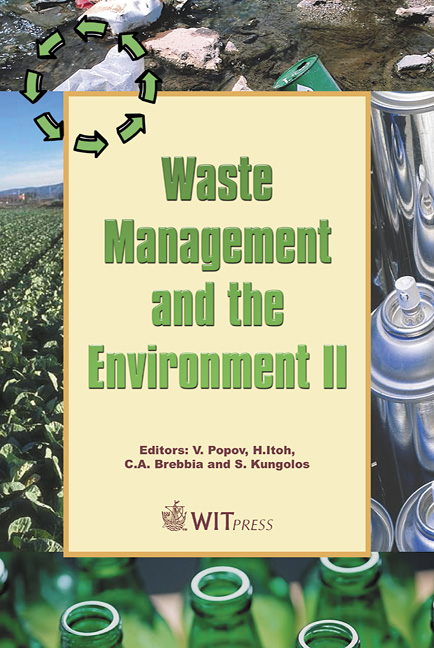Management Of Contaminated Areas: A Case Study From Rio De Janeiro State
Price
Free (open access)
Transaction
Volume
78
Pages
9
Published
2004
Size
261 kb
Paper DOI
10.2495/WM040311
Copyright
WIT Press
Author(s)
A. Magrini, J. J. Rodrigues & M. Scheeffer
Abstract
This article identifies and evaluates the management of contaminated areas in Rio de Janeiro state, Brazil. It proposes a management methodology for these areas in a planned, systematized and efficient way, allowing for the identification, evaluation and implementation of better intervention tools. The main purpose of this methodology consists of providing assistance in relation to waste management and contaminated areas and helping to formulate both specific regulations and internal procedures for internal company environmental management. The proposed methodology was developed through its use in a real case in Volta Grande, in the municipality of Volta Redonda, Rio de Janeiro. This area is used for disposal of dangerous waste by the National Steel Company (CSN), one of the biggest companies in the Brazilian steel sector. This site was created before 1986, close to an urban area. Between 1986 and 1999, 6,700 m3 of dangerous waste was dumped in two cells on this site. Recently, housing was built adjacent to the site, giving rise to potential risks to health. The lack of planning and environmental management observed in this case, demonstrate the need to implement environmental management tools. Keywords: waste management and contaminated areas in industries, steel sector. 1 Management of contaminated areas and Brazilian legislation There is no specific federal legislation in Brazil for contaminated areas. The Brazilian legal structure, nonetheless, contains several laws that can be applied,
Keywords
waste management and contaminated areas in industries, steel sector.





